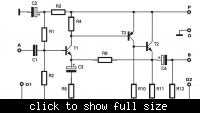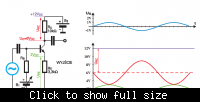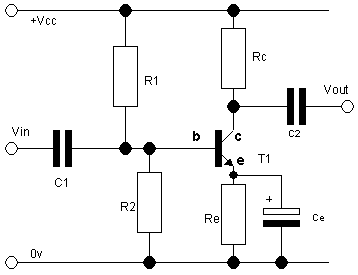goldsmith
Advanced Member level 6
- Joined
- Dec 14, 2010
- Messages
- 3,981
- Helped
- 741
- Reputation
- 1,486
- Reaction score
- 726
- Trophy points
- 1,413
- Location
- Tehran - IRAN
- Activity points
- 24,546
Hello my friends!
I know that the ce amplifiers are small signal . but i designed an amplifier ( ce) for small signal , then with changing(random) values of R1 and R2 , i could amplify a 5 volt signal to 11.5 volt as well as . what happened? i wanna find a formula for designing an ce or cb or cc (in class A) for large signal and i don't want to changing the values (random) . i want to calculate the best values for large signal . is here any experience or suggestion? is it possible that you guide me , please?
Thanks In Advance
Goldsmith
I know that the ce amplifiers are small signal . but i designed an amplifier ( ce) for small signal , then with changing(random) values of R1 and R2 , i could amplify a 5 volt signal to 11.5 volt as well as . what happened? i wanna find a formula for designing an ce or cb or cc (in class A) for large signal and i don't want to changing the values (random) . i want to calculate the best values for large signal . is here any experience or suggestion? is it possible that you guide me , please?
Thanks In Advance
Goldsmith


